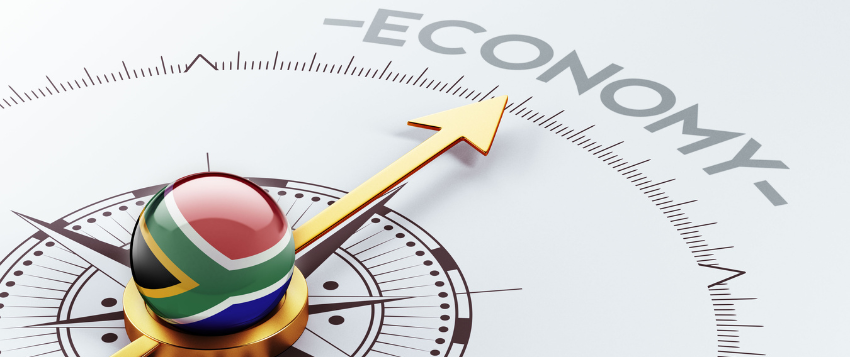Why is the SARB Cutting Interest Rates Cautiously
 During their November meeting, the South African Reserve Bank (SARB) cut interest rates by only 25 basis points. Many people, some investment specialist included, felt that a bigger cut of 50 basis points would have been more appropriate. In this article, we will take a closer look at not only why the SARB exercised more caution by cutting interest rates by only 25 basis points, but we will also unpack what the SARB’s role is to help us better understand how they make decisions.Whether you are an experienced investor or just want to make informed decisions about your personal finances, interest rates, and the changed made to them, will directly and indirectly affect you and therefore understanding the factors that affect them are important.
During their November meeting, the South African Reserve Bank (SARB) cut interest rates by only 25 basis points. Many people, some investment specialist included, felt that a bigger cut of 50 basis points would have been more appropriate. In this article, we will take a closer look at not only why the SARB exercised more caution by cutting interest rates by only 25 basis points, but we will also unpack what the SARB’s role is to help us better understand how they make decisions.Whether you are an experienced investor or just want to make informed decisions about your personal finances, interest rates, and the changed made to them, will directly and indirectly affect you and therefore understanding the factors that affect them are important.




